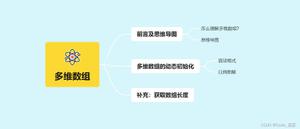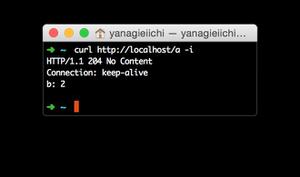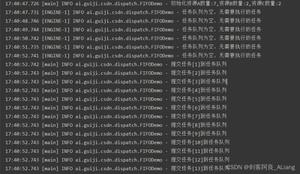typescript的InstanceType<type>怎么用呀?
今天在用element-plus写表单的时候,老师在用ref获取组件以后, 下面写的是
const formRef = ref<InstanceType<typeof ElForm>>()在网上搜了很多也不明白这个InstanceType<type>到底怎么用,以及下面的两种用法有什么区别吗
type PersonType1 = InstanceType<typeof Person>const p1: PersonType1 = new Person('tom', 22)
type PersonType2 = typeof Person
const p2: PersonType2 = new Person('23', 2)
谢谢各位!! T T
回答:
作用是用构造函数的类型推断其实例的类型,InstanceType<new (...args) => T>的结果就是T
当你定义一个class Person,同时
- 定义了其构造函数
Person - 声明了其构造函数类型
typeof Person - 声明了其实例类型
Person
所以,InstanceType<typeof Person>即是类型Person。
在vue中需要InstanceType<typeof Component>得到组件实例类型,而不是直接用Component作为类型,是因为Component不是class,它只是一个构造函数,他没有声明实例类型。
回答:
InstanceType<Obj> 表示类型为 Obj 对象的实例。
具体到你的用法,InstanceType<typeof Person> 就相当于 Person 类型,所以 p1 没错。
到了 p2,你将一个 Person 类型的对象赋值给了 typeof Person 类型的对象,所以会报错 类型 "Person" 中缺少属性 "prototype",但类型 "typeof Person" 中需要该属性。ts(2741)。
回答:
官方文档看一下:https://www.typescriptlang.org/docs/handbook/utility-types.ht...
回答:
TypeScript: Documentation - Utility Types
参考上面的文档,它有一些代码示例
// @errors: 2344 2344// @strict: false
class C {
x = 0;
y = 0;
}
type T0 = InstanceType<typeof C>;
// ^?type T0 = C
type T1 = InstanceType<any>;
// ^?type T1 = any
type T2 = InstanceType<never>;
// ^?type T2 = never
type T3 = InstanceType<string>;
// ^?error
type T4 = InstanceType<Function>;
// ^?error
可以看到除了特殊的 any,never 之外,传入的 Type 参数必须具有构造器,否则就会报错。
以上是 typescript的InstanceType<type>怎么用呀? 的全部内容, 来源链接: utcz.com/p/934321.html









